
Rooted in unity and a shared destiny, the recent visit of the President of the Indian Ocean island of Seychelles, His Excellency Mr. Wavel Ramkalawan, to Ghana marked not just a moment in history but also the beginning of a transformative journey of Ghana-Seychelles relations, with the two nations looking at ways to synchronise stronger ties through our converged cultures.

Holding audience with Hon. Kwame Nkrumah Acquah, the Honorary Consul of Seychelles to Ghana, whose dedication to preserving this bond has been instrumental, PaJohn Dadson asked him how he sees this rekindled relationship’s bearing on tourism, coming on heels of the Asante nation’s commemoration of the centenary of Otumfuo Nana Agyeman Prempeh I’s return from exile in Seychelles in 1824 and at whose centenary events His Excellency attended as Guest of Honour.
“Our ancestors’ trials have become our inspiration,” notes the Honorary Consul of Seychelles to Ghana, Hon. Kwame Acquah. “His Excellency’s visit reaffirms that the ties that bind us are not just historical, but also deeply cultural and aspirational.”
Nothing connects a people with such joint history more than culture. At the recent centenary celebration, the narrative of Asante king, Otumfuo Nana Agyeman Prempeh I’s, exile to Seychelles was a central theme of the events honouring the king.
This was illustrated by cultural exchanges that were a vivid display of the synergy between the two nations, serving as a reminder of the cultural harmony and potential for deeper connections through the arts. The President’s visit opened discussions on leveraging these cultural assets for tourism.
Underscoring this is the potential for economic and diplomatic collaboration between Ghana and Seychelles, bringing to the fore the likelihood of combining Ghana’s rich historical sites and vibrant festivals with Seychelles’ pristine beaches and unique ecosystems which present an enticing prospect for travellers seeking multi-faceted tourism experiences.
Like Ghana, Seychelles has some UNESCO-designated sites, as well as mountainous rainforest belts that host diverse flora and fauna, but it is the ‘paradise ambience’ in this archipelago of 115 islands off the coast of East Africa, in the Indian Ocean, that sets it apart as an incredibly beautiful destination.
In recent expositions to highlight the ties that bind the two countries, Ghanaian kente cloth artistry was paired with Seychellois Creole music and dance in an exhibition with performances celebrating their diversity and integration.
The young 26-year-old Otumfuo Nana Agyeman Prempeh I, standing as a symbol of unity and pride, was the revered Asante king of the late 19th century who resisted British demands that his territory be swallowed up into the expanding Gold Coast protectorate. In an attempt to break the spirit of Asante which they thought was bound in the person of Otumfuo, an army force was dispatched by the British administrators from the coast to Kumasi in 1896 to capture him.
In a move to protect his kingdom, whose spirit lays rather in the ‘Golden Stool’, the Otumfuo surrendered himself to the British; and together with his parents, alongside some 50 other relatives, chiefs and servants as prisoners, he was taken away, banished from his ancestral homeland. The troops then looted his palace in the process, stealing gold-plated ornaments, stools and other regalia of Asante artisanal artistry.
It wasn’t the first time the British had done that. Earlier in 1874, they invaded the palace of Asantehene Kofi Karkari. In an ensuing invasion hundreds of palace regalia, functional objects for religious ceremonies were looted by the British forces, after which they set the palace ablaze.
The objects stolen were later auctioned in England and elsewhere in European art galleries, where they were sold to private collectors and institutions that included The British Museum and the Victoria and Albert Museum.
The prisoners were first taken to the fort at Elmina and held there for three months. When Asante troops came to demand him back, the entourage was shipped off to Sierra Leone. There, too, the Asante army followed to demand the release of their King. It was then that the British decided, in 1900, to send them onward to the distant Indian Ocean islands of Seychelles, where, for the next 24 years the Otumfuo and his kin were held.
In the Seychelles, the Otumfuo learned to read and write, forging a life of propriety that endeared him to his community and host country. His subsequent incessant “royal” requests and dignified interventions, however, made him a bit of a nuisance, causing the British to allow him to return home to Kumasi in 1924.
A tragic story, but also one of pride and resistance; and one that on the occasion of the 100 years anniversary of his return home as an honourable guest of the Asante nation, the current head of state of the Seychelles, President Ramkalawan, says of him: “He showed respect to our people, and in return received the full love of the Seychelles.”
Over the course of a weekend, the Asante nation put on a magnificent show of their legendary resilience and unity, hosting a series of cultural exchanges honouring the legacy of their King. In spite of everything the British did, they could not break the spirit of Asante.
The ceremonies saw many dignitaries in attendance. During the grand durbar, the current Asantehene, Otumfuo Osei Tutu II, was paraded in his palanquin through the crowd amid glorious rackets of musketry, drumming and loud blares from menson horn blowers signifying that the age-old Asante culture is alive and well.
Laying the groundwork for a promising future of collaboration and mutual growth between Ghana and the Seychelles, the events rekindled the historical connection between the two countries. A testament to the enduring power of history and the boundless possibilities of partnership.
As key areas of shared interest in such areas as environmental sustainability and fisheries were identified to be addressed, discussions between leaders and stakeholders were marked by a commitment to translate shared goals into actionable partnerships.
Ambassador Acquah, who is also the Executive Secretary of the Honorary Consular Corps of Ghana, consistently emphasised the importance of intercultural and economic engagement, and reiterated that bridging gaps and fostering international cooperation was crucial for achieving the goals of both countries.“This visit is a foundation, not a conclusion,” he stated. “It marks the beginning of deeper engagements and mutual ventures.”
The legacy of the occasion extended beyond the ceremonies and agreements. Initiatives, including proposed collaboration in education, healthcare, tourism and trade signal a forward-looking approach to the Ghana-Seychelles relationship. Projects like The King’s Visit documentary series aim to weave the historical context into the fabric of modern aspirations, ensuring that the shared heritage inspires future generations.
As both nations reflect on the outcomes of the historic event with a shared optimism for what lies ahead, a recognition of the shared heritage and, most importantly, a reaffirmation of the limitless potential of collaboration has become stark.
As the Hon. Acquah put it: “Our history is a testament to our strength, and our future will be defined by our shared vision and commitment to growth”
The post Ghana, Seychelles foster culture ties on enduring history and rekindled bonds appeared first on The Business & Financial Times.
Read Full Story

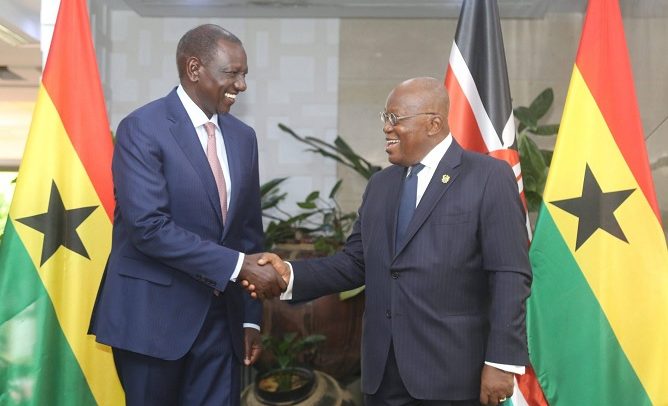
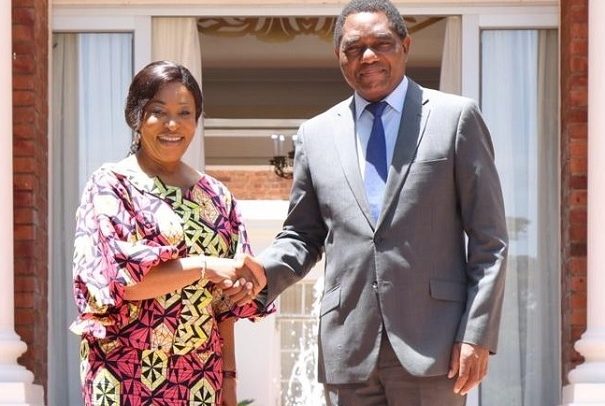

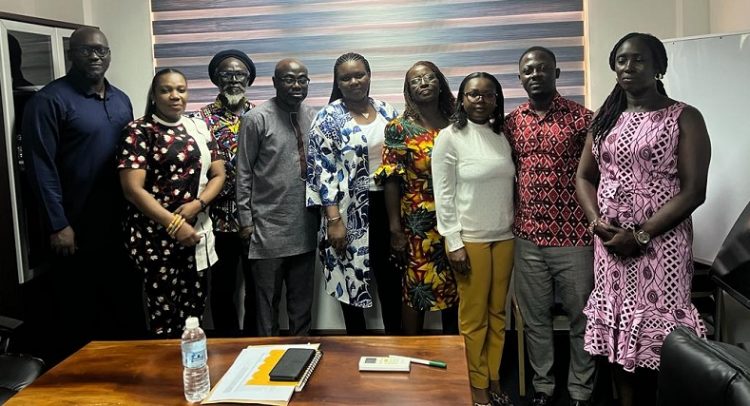
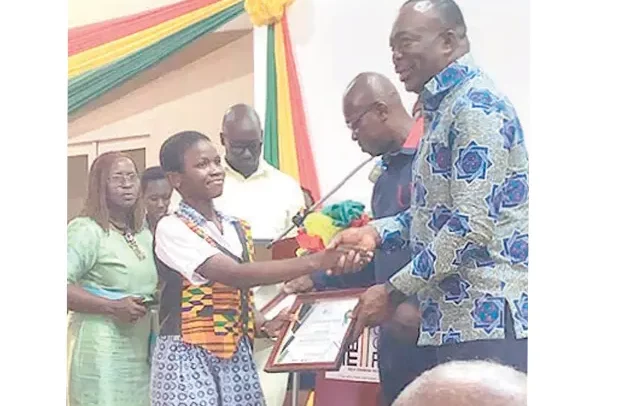
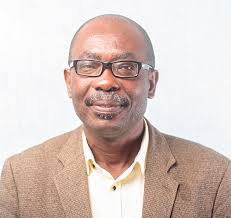







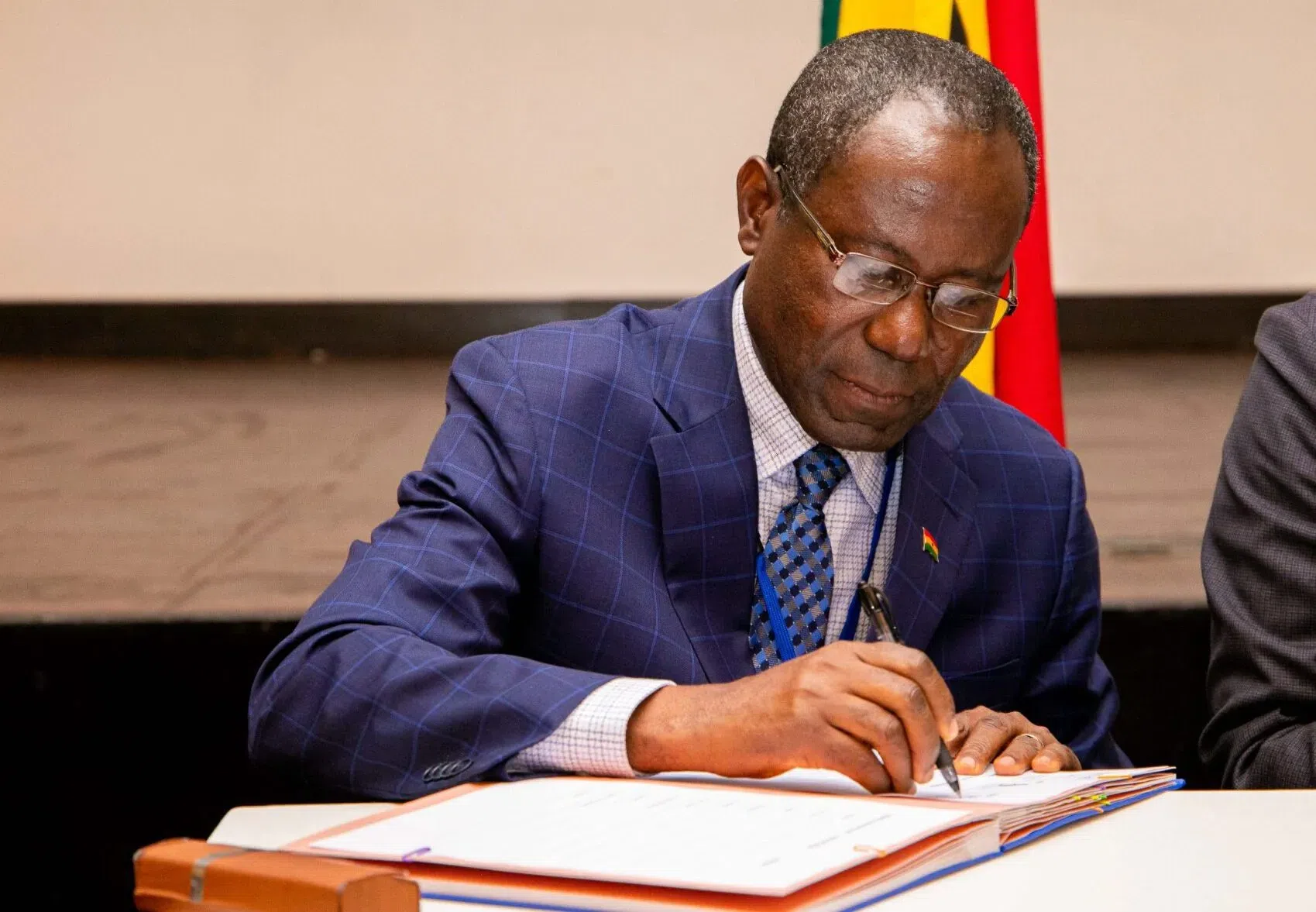

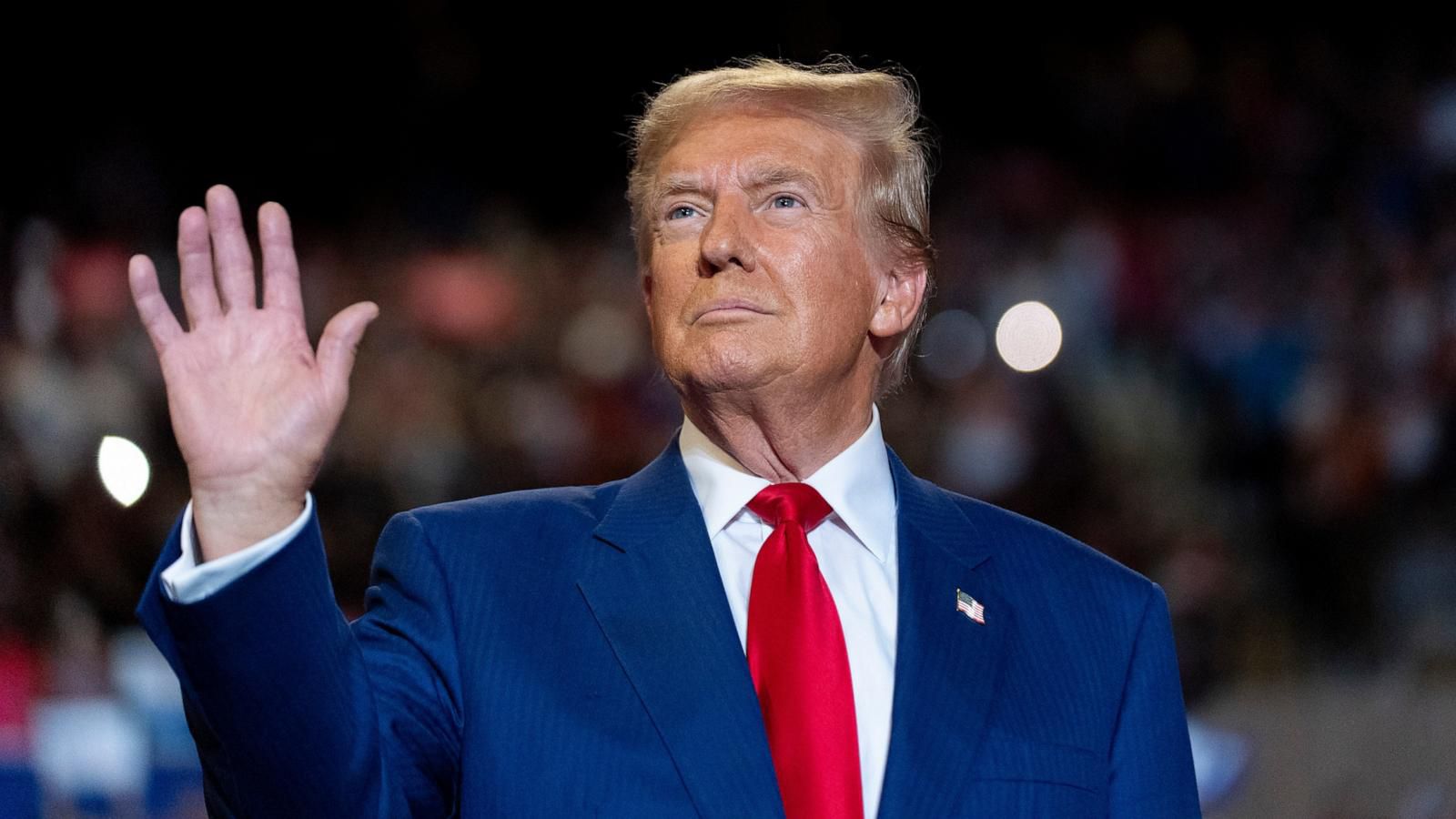
Facebook
Twitter
Pinterest
Instagram
Google+
YouTube
LinkedIn
RSS